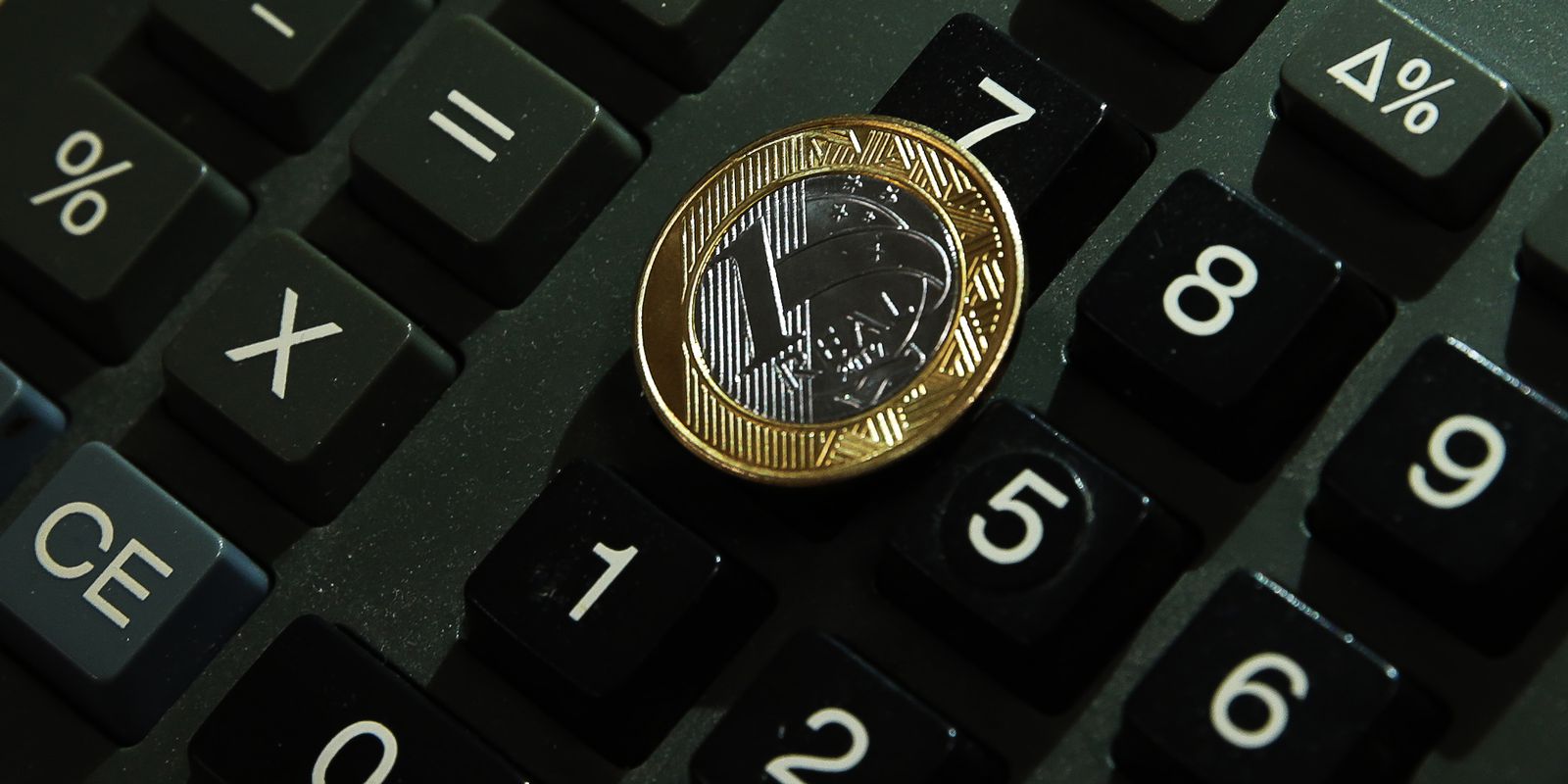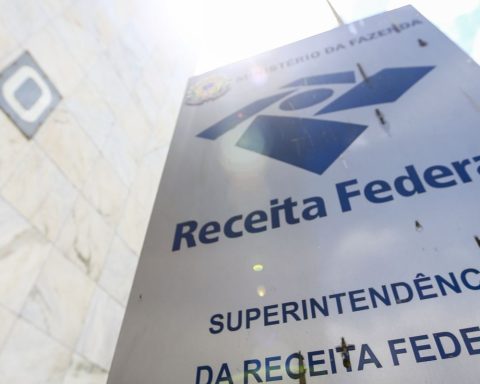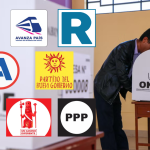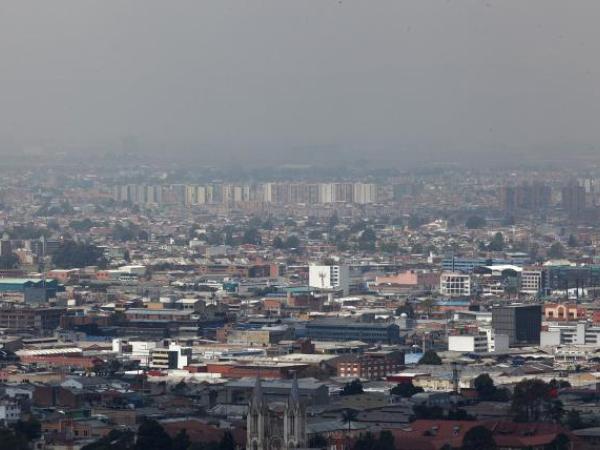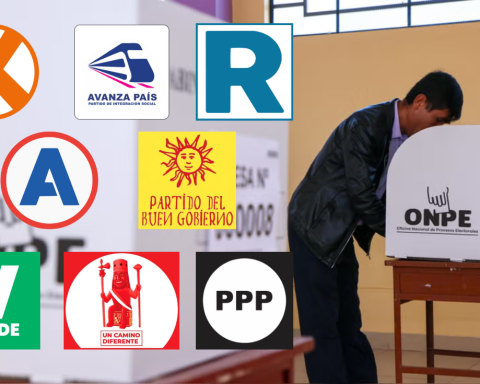The total indebtedness in the country dropped 0.2 percentage point (pp) in January compared to the previous month and stood at 76.1%. In the annual comparison, however, the indicator rose 9.6 pp.
The January result comes after a 13-month high. The numbers are in the National Consumer Indebtedness and Default Survey (Peic), released today (7), by the National Confederation of Commerce in Goods, Services and Tourism (CNC).
The increase in interest rates may be an explanation for the performance, because it slowed down the contracting of debts at the beginning of the year. According to the CNC, recent data released in December 2021 by the Central Bank showed an increase from 37.2% to 45.1% in the average rates of credit lines with free resources to individuals.
Credit concessions also had an influence. Despite registering an increase of 10.6% in real terms in 2021, from November to December, they had a decrease of 22.2% in the daily average.
For the president of CNC, José Roberto Tadros, even small, it is necessary to be careful with the retraction. “Indebtedness remains at a high level, and this reduction is a reflection of an unfavorable scenario, in which the increase in credit due to higher interest rates affects the dynamics of contracting consumer debt”, he evaluated.
default
On the contrary, the default rate rose in the month. The increase was 0.2 pp and 1.6 pp in the annual comparison, reaching 26.4% of the total number of families in the country. This, according to CNC, is the highest level since August 2020 and the highest proportion for months of January observed in Peic’s historical series.
The share of families also grew, which should continue with default and declared not being able to pay their bills or debts in arrears. The expansion reached 0.1 pp. In comparison with January 2021, however, the percentage fell by 0.8 point.
behaviors
Among families earning up to ten times the minimum wage, the percentage of indebted people dropped 0.3 pp, reaching 77.4%. That was the first pullback since October 2020.
In the opposite direction, in families with incomes above ten minimum wages, indebtedness increased 0.3 pp, reaching 71.2%, which is the highest historical proportion of indebted. The movements have altered the prevailing trend since April last year.
The CNC economist responsible for the research, Izis Ferreira, said that the high is the result of the evolution of vaccination and the lower lethality of the Ômicron variant.
“With greater flexibility, families in the highest income group have reverted their savings, expanded during the pandemic, to consumption, especially services,” he said.
The trends between the two bands in the default indicator had similar behaviors. For families earning up to ten times the minimum wage, the proportion of those with overdue bills or debts grew by 0.2 pp. in the month, reaching 29.7% of the total of families in this group.
In the annual comparison, the increase was 1.8 pp. Among families with incomes above ten times the minimum wage, the increase from December 2021 to January 2022 followed 0.2 pp, reaching 12%. Compared to the same month last year, the expansion was 0.5 pp
peic
Since January 2010, Peic is calculated monthly. Data is collected in all state capitals and the Federal District, with around 18,000 consumers.
With the information, the important indicators of the percentage of indebted consumers are determined; who has overdue bills; and who will not be able to pay their debts, in addition to the time of indebtedness and the level of income commitment.
